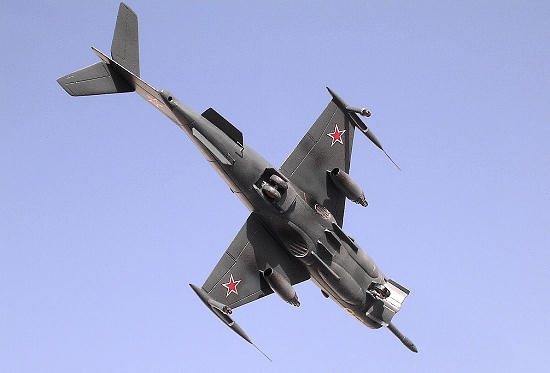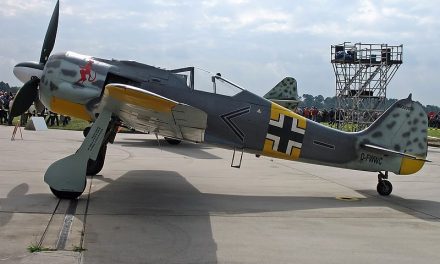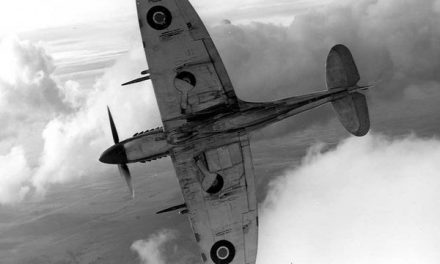Originally shared by نوین دُر کیاشهر
Yakovlev Yak-36
From 1960, the Yakovlev Design Bureau began work on a VTOL system, using the compact and lightweight Tumansky RU-19-300 turbojet engine, drafting a proposal for the Yak-104, a converted Yak-30 jet trainer with two vertically mounted Ru-19 engines between the inlet ducts of the standard Yak-30 powerplant. Work on the Yak-104 was terminated in favour of an aircraft with a single lift/cruise engine with rotating nozzles, similar to the Hawker Siddeley P.1127, which was nearing completion in England. Unable to find a suitable engine or convince the government to order the development of one, the Yakovlev bureau was forced to follow a different course.
In response to a contract for the development of a single-seat V/STOL fighter in 1961, Yakovlev proposed a twin-engined aircraft with a large nose air intake, engines in the forward fuselage and swivelling exhaust nozzles, one for each engine on either side of the lower fuselage near the centre of gravity of the aircraft. The fighter version was not proceeded with but four technology demonstrators, (initially designated Izeliye V) based on the fighter studies were ordered.
Four prototypes were completed, one of which was used only for static testing. The second was used for takeoff and landing tests, including free hovering. The third incorporated improvements found in testing, including an improved autopilot which automatically selected optimal air flow for hover stability. This prototype crashed, but was later rebuilt. The fourth prototype crashed in February 1971 and was not rebuilt.








Recent Comments